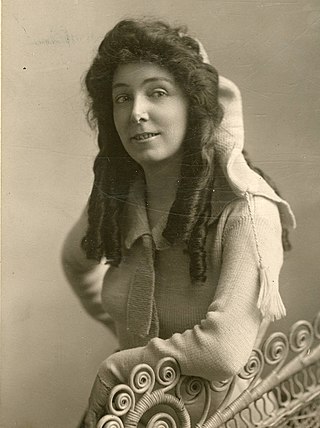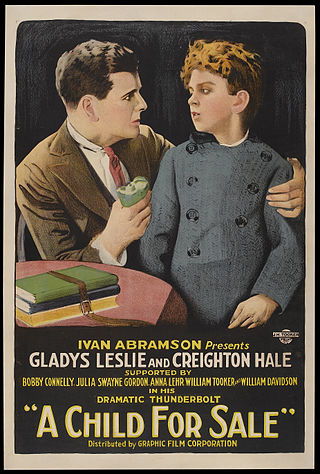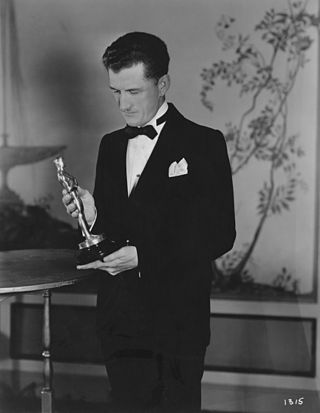
Samuel Alfred De Grasse was a Canadian actor. He was the uncle of cinematographer Robert De Grasse.

Charles G. Rosher, A.S.C. was an English-born cinematographer who worked from the early days of silent films through the 1950s.

Arthur Edeson, A.S.C. was an American cinematographer. Born in New York City, his career ran from the formative years of the film industry in New York, through the silent era in Hollywood, and the sound era there in the 1930s and 1940s. His work included many landmarks in film history, including The Thief of Bagdad (1924), All Quiet on the Western Front (1930), Frankenstein (1931), The Maltese Falcon (1941), and Casablanca (1942).

Arthur Charles Miller, A.S.C. was an American cinematographer. He was nominated for the Oscar for Best Cinematography six times, winning three times: for How Green Was My Valley in 1941, The Song of Bernadette in 1944, and Anna and the King of Siam in 1947.

Henry King was an American actor and film director. Widely considered one of the finest and most successful filmmakers of his era, King was nominated for two Academy Awards for Best Director and directed seven films nominated for the Academy Award for Best Picture.

Edythe Chapman was an American stage and silent film actress.

Clyde Wilfred Cook was an Australian-born vaudevillian who went on to perform in Hollywood and whose career spanned the silent film era, talkies and television.

Herbert Blaché, born Herbert Reginald Gaston Blaché-Bolton was a British-born American film director, producer and screenwriter, born of a French father. He directed more than 50 films between 1912 and 1929.

Philip E. Rosen was an American film director and cinematographer. He directed more than 140 films between 1915 and 1949.

William Conklin was an American actor. He appeared in more than 80 silent films between 1913 and 1929. He was born in Brooklyn, New York, and died in Hollywood, California.

Robert Joseph Connelly was an American child actor of silent films. He is one of the first male child stars of American motion pictures beginning his career in 1913 at the age of four.

Clyde De Vinna was an American film and television cinematographer and director of photography. He won the Academy Award for Best Cinematography for White Shadows in the South Seas presented by the Academy of Motion Picture Arts and Sciences in 1930 at its 2nd Academy Awards show.
Henry Lyman Broening was a well known American cinematographer. Later, he was also on the editorial board of American Cinematographer magazine. He worked on films that include May Blossom (1915) and wrote about the beginnings of the ASC.
Allen G. Siegler was an American cinematographer who lensed nearly 200 films and television episodes between 1914 and 1952. He worked at Columbia Pictures for many years, and was an early member of the American Society of Cinematographers.
R. E. Irish was an American cinematographer who worked in Hollywood during the earlier part of the silent era.
Frank B. Good (1884–1939) was an American cinematographer who lensed more than 100 films between 1916 and 1937. He was known for working on Jackie Coogan productions and was an early member of the American Society of Cinematographers.
King D. Gray (1886-1938) was an American cinematographer active in Hollywood from the 1910s through the 1930s. He was shot and killed in front of a post office in Hollywood in 1938 at the age of 52; his killer has never been identified.
Ned Van Buren (1882-1969) was an early American cinematographer who worked in Hollywood during the silent era. He was a member of the American Society of Cinematographers, having been elected in 1923.
Friend Baker was an American cinematographer who worked in Hollywood in the 1910s and 1920s. Later on in his career, he worked as a camera technician. He was an early member of the American Society of Cinematographers.
Roy H. Klaffki (1882–1965) was an American cinematographer. He was a founding member of the American Society of Cinematographers in 1919.











